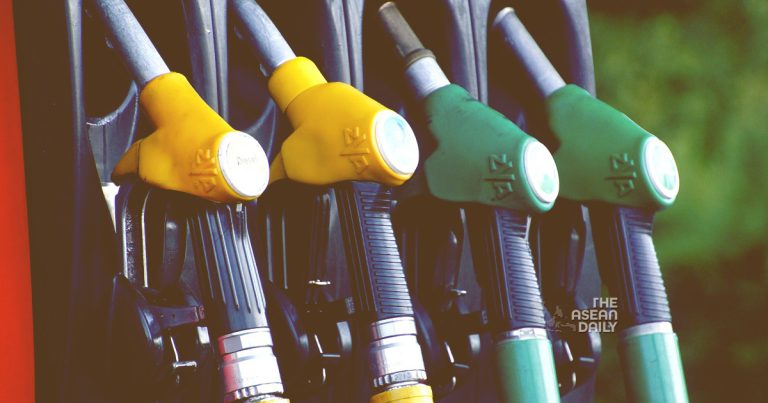20-10-2024 (KUALA LUMPUR) Malaysia is set to implement a two-tiered pricing system for RON95 petrol subsidies, according to Economy Minister Rafizi Ramli. However, the specifics of this new mechanism remain undetermined as the government continues to engage in discussions with various stakeholders, including the Petrol Dealers Association.
Speaking at the 2024 National Statistics Day Celebration and Statistics Portal Kick-Off Ceremony on Sunday, Rafizi elaborated on the government’s evolving approach to fuel subsidies. “We initially considered direct cash payments to families, but this approach wouldn’t involve petrol stations or incorporate tiered pricing,” he explained. “The final decision on how to redirect the subsidy savings – whether through cash payments or direct subsidies to 85% of the population – is still under consideration.”
This announcement follows Prime Minister Datuk Seri Anwar Ibrahim’s statement last Friday, where he revealed plans to implement targeted subsidies for RON95 petrol by mid-2025. Anwar, who also serves as Finance Minister, reassured the public that 85% of the population would continue to benefit from these subsidies. The Prime Minister highlighted the significant financial burden of the current subsidy system, noting that the government had allocated RM20 billion for RON95 subsidies in 2023 alone.
Rafizi emphasised that the new system for RON95 will differ from the targeted subsidy programme currently used for diesel. “For diesel, we utilise a fleet card system. However, it’s not feasible to issue fleet cards to all 30 million Malaysians,” he clarified. The minister added that relevant agencies, led by the Economy and Finance Ministries, are currently reviewing and discussing potential implementation strategies.
The move towards a targeted subsidy system represents a significant shift in Malaysia’s approach to fuel pricing. It aims to balance the need for economic efficiency with the government’s commitment to supporting the majority of the population. The two-tiered system is expected to allow for more precise targeting of subsidies, potentially reducing government expenditure while maintaining support for those most in need.
However, the announcement has raised questions among consumers and industry experts alike. Key concerns include how the government will determine eligibility for the lower-priced tier, the potential impact on overall fuel consumption patterns, and the administrative challenges of implementing such a system.
The Petrol Dealers Association, a crucial stakeholder in this transition, is likely to play a significant role in shaping the final mechanism. Their input will be vital in ensuring that the new system is both practical for implementation at petrol stations and fair to fuel retailers.




